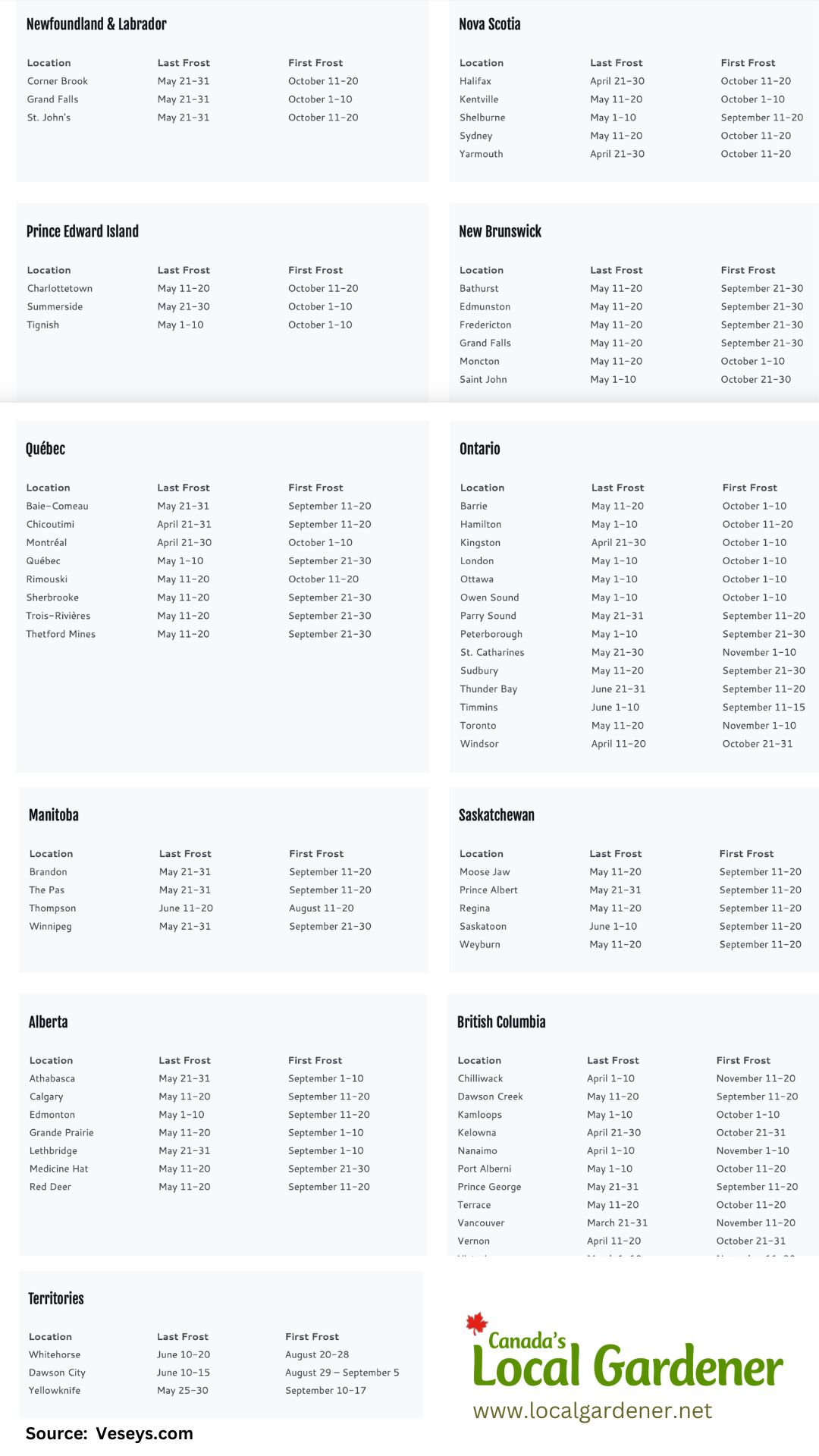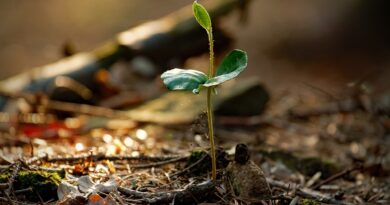Is it Possible to Predict the Last Frost Date in Canada?
As the chill of winter gradually gives way to the warmth of spring, gardeners and farmers across Canada eagerly await a significant milestone: the last frost date. What exactly is it? Why is it so important? And is it possible to forecast the date accurately?
Understanding the Last Frost Date
In simple terms, the last frost date is the latest calendar date in spring when temperatures are expected to drop below freezing, typically defined as 0°C (32°F) or lower, for the final time until the arrival of autumn. This crucial date marks the point in the year when the risk of frost diminishes, signaling the green light for planting tender crops and delicate flowers. This date varies depending on location and can fluctuate from year to year based on factors such as climate patterns, geographical features, and atmospheric conditions.
Importance to Agriculture and Gardening
For agricultural communities and gardening enthusiasts alike, knowledge of the last frost date is invaluable. It serves as a guideline for determining the optimal time to sow seeds, transplant seedlings, and commence outdoor planting activities. Planting too early, before the risk of frost has passed, can result in damage or death to sensitive plants, while waiting too long may shorten the growing season and limit crop yields.
Regional Variations Across Canada
Given Canada’s vast geographical expanse and diverse climatic zones, the last frost date varies significantly from one region to another. In the southern regions of British Columbia and Ontario, where milder temperatures prevail, the date typically occurs earlier in the spring, often in March or April. Conversely, in the northern reaches of the country and high-altitude regions, frost may linger well into May or even June, delaying the onset of the growing season. It’s quite the challenge!
While pinpointing the exact date remains elusive, farmers and gardeners turn to historical climate records, local weather trends, and scientific prediction techniques to guide their planning. Resources like frost date charts, climate maps, and digital gardening apps offer valuable information on expected frost dates, assisting individuals in scheduling their planting activities appropriately.
Edited by Caroline Fu













